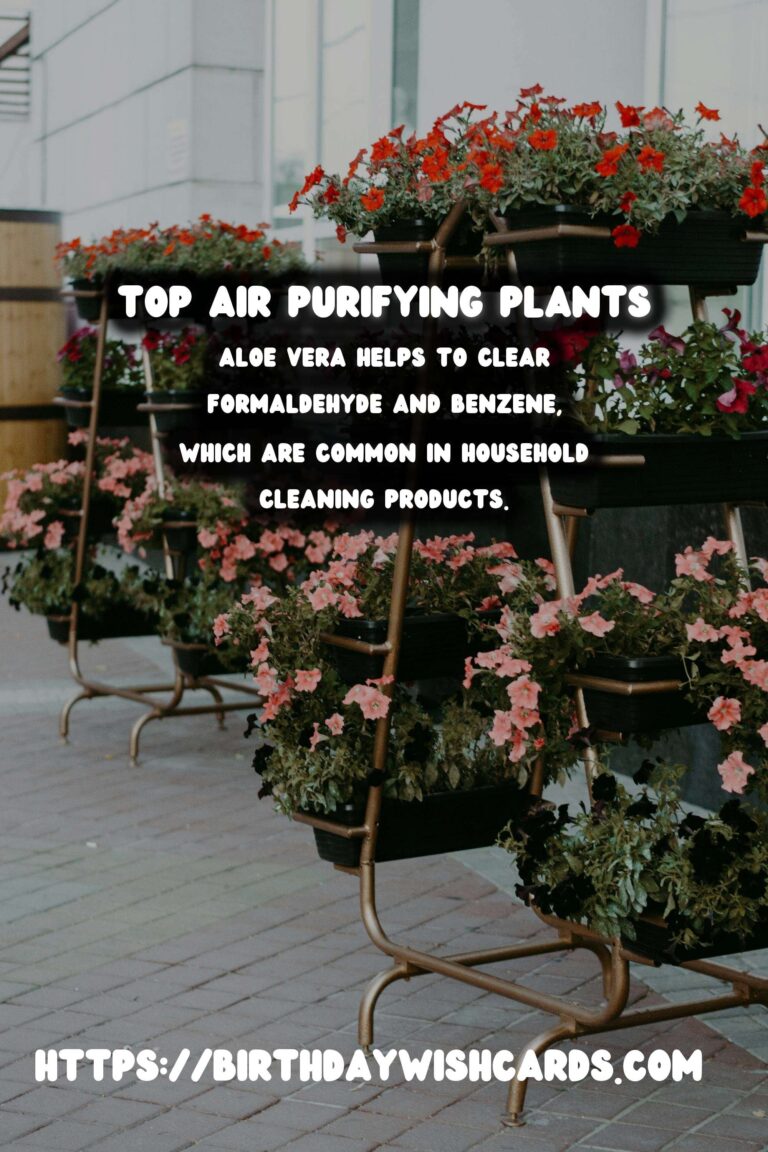
In today’s world, where air quality is becoming a major concern, having plants that purify the air in your home can be incredibly beneficial. Not only do these plants help in removing toxins from the air, but they also add to the aesthetic appeal of your living space.
Why Air Purification is Important
Indoor air pollution is a growing issue, exacerbated by factors such as synthetic building materials, furnishings, and household products. These elements can release harmful chemicals into the air, potentially leading to health issues such as allergies, respiratory problems, and even more severe conditions. Incorporating air-purifying plants into your home can help mitigate these risks and promote a healthier living environment.
Top Air-Purifying Plants
1. Spider Plant (Chlorophytum comosum)
Spider plants are incredibly resilient and require minimal care, making them a great choice for beginners. They are known for their ability to remove pollutants such as formaldehyde and xylene from the air. These plants thrive in indirect sunlight and can survive in various environmental conditions.
2. Snake Plant (Sansevieria trifasciata)
The snake plant, also known as mother-in-law’s tongue, is renowned for its air-purifying qualities. It is particularly effective at filtering out formaldehyde, benzene, and trichloroethylene. This hardy plant can tolerate low light levels and irregular watering, making it perfect for any home.
3. Peace Lily (Spathiphyllum spp.)
Peace lilies are not only beautiful but also powerful air purifiers. They excel at removing ammonia, benzene, and formaldehyde from the air. These plants prefer shady locations and require regular watering to keep their soil moist.
4. Aloe Vera (Aloe barbadensis miller)
Aloe vera is a popular plant known for its medicinal properties and air-purifying capabilities. It helps to clear formaldehyde and benzene, which are common in household cleaning products. Aloe vera requires plenty of sunlight and should be watered sparingly.
5. Boston Fern (Nephrolepis exaltata)
The Boston fern is excellent at removing pollutants such as formaldehyde and xylene. It thrives in high humidity and indirect sunlight, so it is ideal for bathrooms and kitchens.
How to Care for Air-Purifying Plants
To ensure your air-purifying plants thrive, it is essential to understand their specific care requirements. Most of these plants prefer indirect sunlight and need to be kept away from direct drafts. Regular watering and occasional fertilizing will keep them healthy and robust.
Maintaining the right humidity level is also crucial, as many air-purifying plants originate from tropical climates. Using a humidifier or placing a tray of water near the plants can help maintain adequate moisture levels.
Conclusion
Incorporating air-purifying plants into your home is a natural and effective way to improve indoor air quality. With a range of plants to choose from, you can select those that best suit your aesthetic preferences and environmental conditions. Not only will these plants enhance the ambiance of your home, but they will also contribute to a healthier and more pleasant living environment.
Incorporating air-purifying plants into your home can help mitigate indoor air pollution risks. Spider plants are known for their ability to remove pollutants such as formaldehyde and xylene from the air. The snake plant is particularly effective at filtering out formaldehyde, benzene, and trichloroethylene. Peace lilies excel at removing ammonia, benzene, and formaldehyde from the air. Aloe vera helps to clear formaldehyde and benzene, which are common in household cleaning products. The Boston fern thrives in high humidity and indirect sunlight, making it ideal for bathrooms and kitchens. 


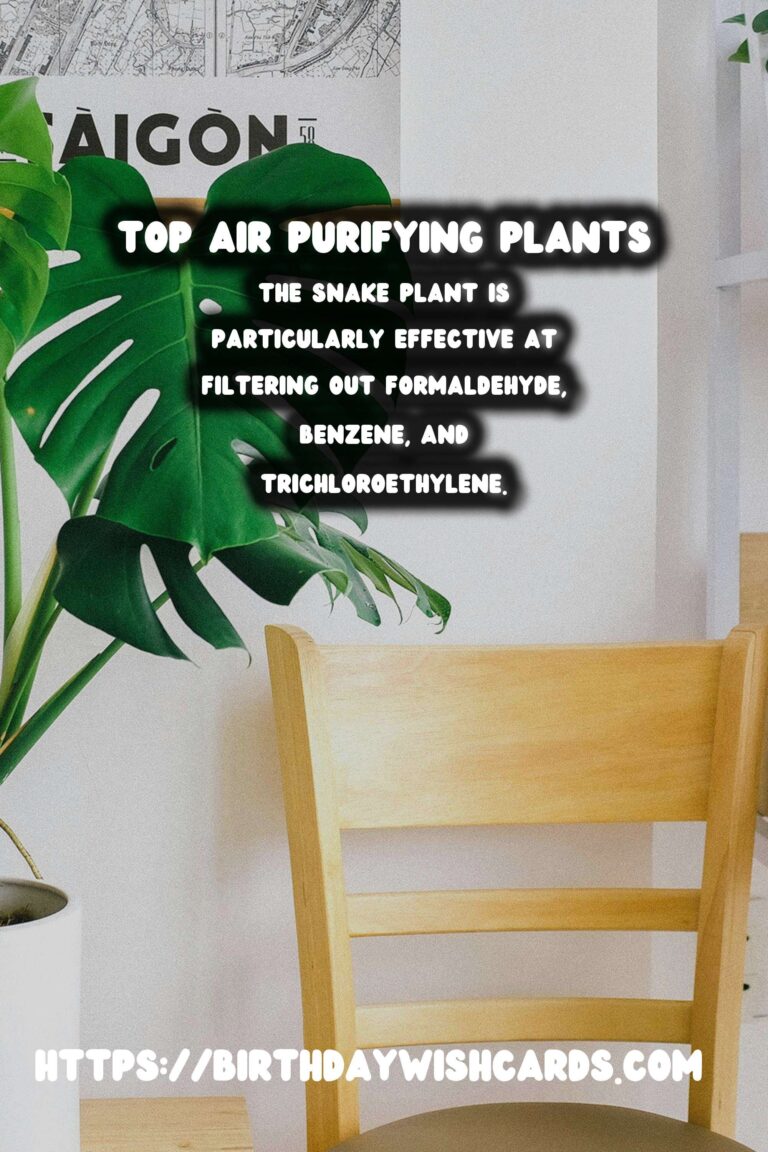
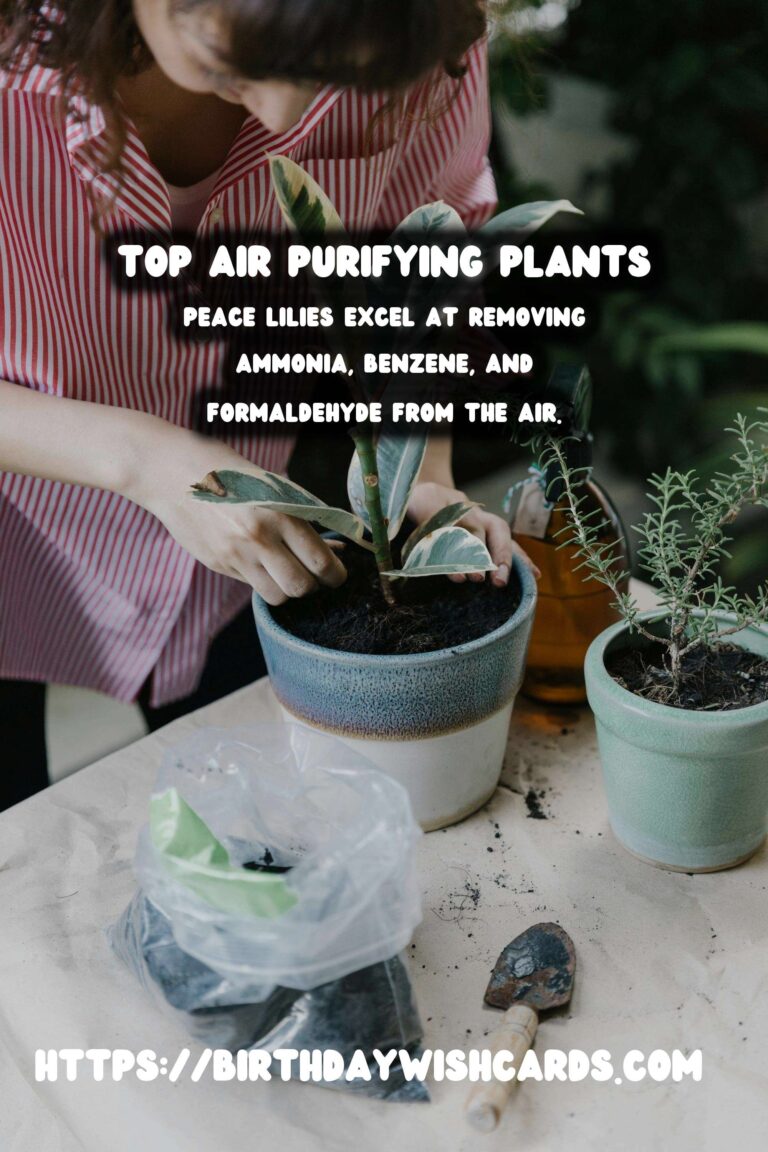
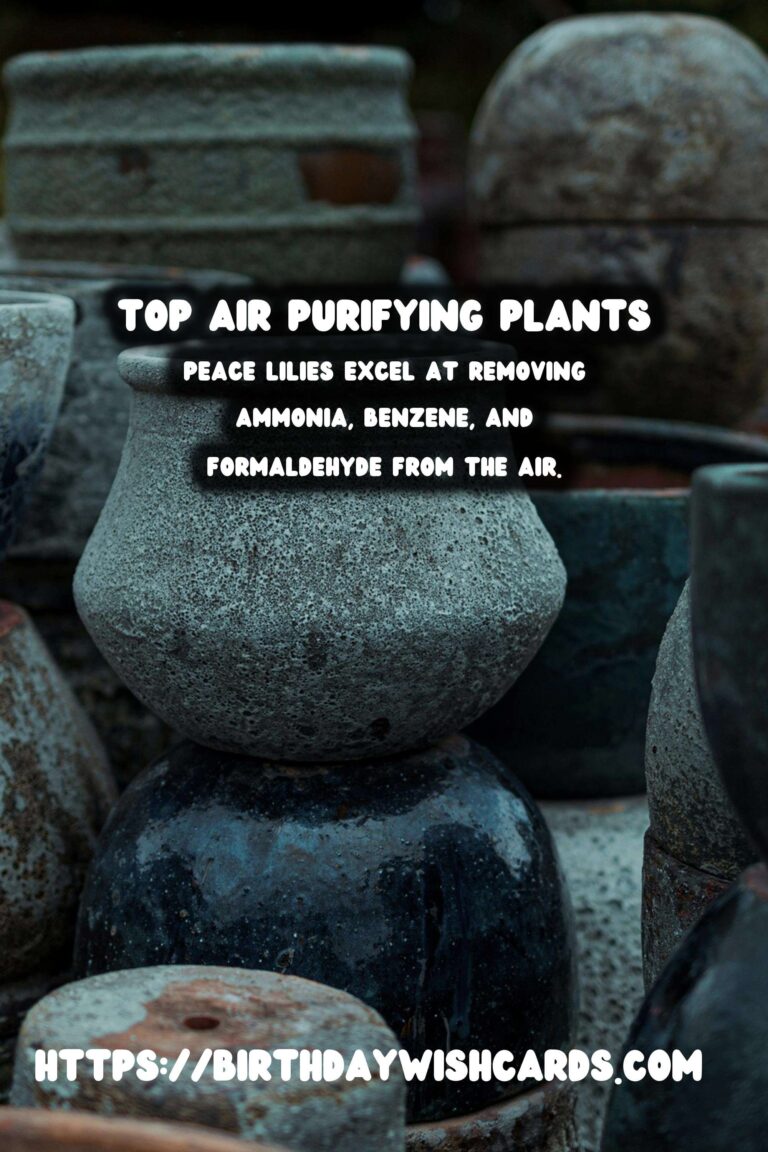

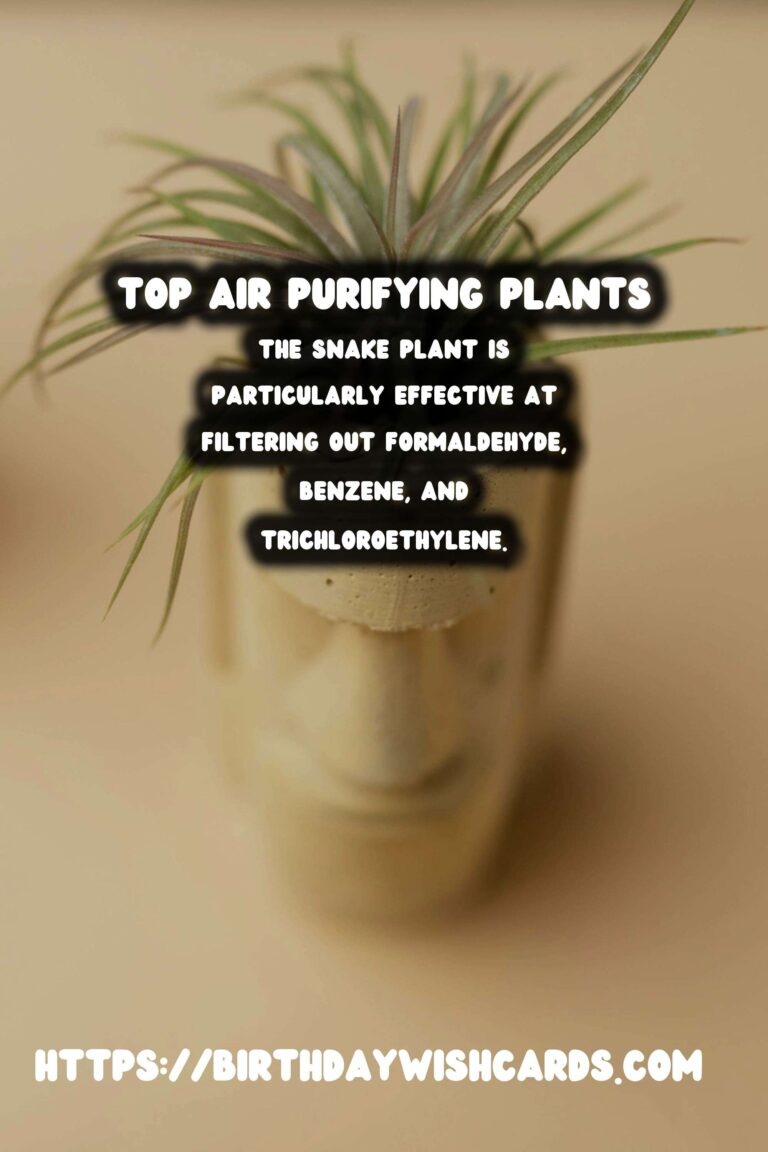


#AirPurification #IndoorPlants #HomeDecor #HealthyLiving




